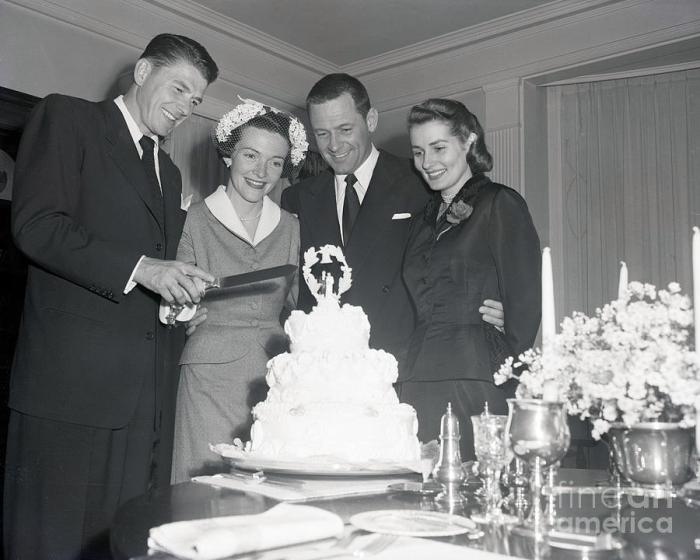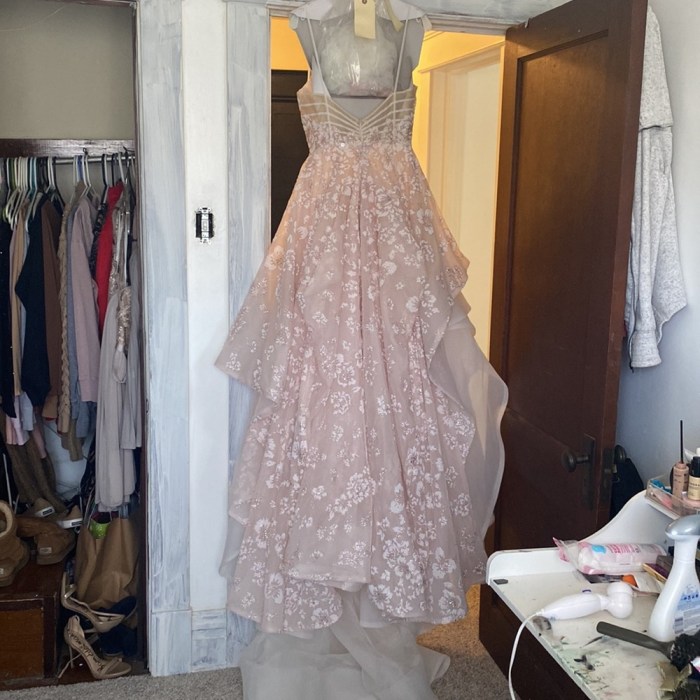Ronald Reagan Wedding Dress Joke A Humorous Exploration
The Ronald Reagan Wedding Dress Joke: A Comprehensive Analysis

Source: fineartamerica.com
Ronald reagan wedding dress joke – The joke referencing Ronald Reagan and a wedding dress, while seemingly simple, offers a rich tapestry of comedic techniques, social commentary, and insights into the public perception of a significant historical figure. This analysis delves into the joke’s origins, its satirical targets, its cultural impact, and its potential visual representations.
The Joke’s Origin and Evolution
Pinpointing the exact origin of the Reagan wedding dress joke proves challenging due to its nature as an evolving meme. Early iterations likely emerged in the late 1980s or early 1990s, coinciding with Reagan’s presidency and the rise of stand-up comedy routines incorporating political satire. Variations appeared across different media, including stand-up comedy specials, late-night talk shows, online forums, and social media platforms.
The humor often relied on the incongruity of associating the stoic, traditionally masculine image of Reagan with the delicate and feminine symbolism of a wedding dress. Some versions emphasized wordplay, others relied on visual gags. A timeline illustrating the joke’s evolution would require extensive research into archival material from various media sources, but a general trajectory would show its initial appearance in stand-up comedy, followed by its spread through word-of-mouth and eventually its digital proliferation.
Comedic Techniques and Satirical Targets
The joke’s humor primarily stems from incongruity and irony. The unexpected juxtaposition of Reagan’s image with a wedding dress creates a comedic effect. The satire targets Reagan’s public persona, often portraying him as stiff, inflexible, or out of touch. The joke’s effectiveness lies in its ability to concisely encapsulate these perceptions in a memorable and humorous way. The social and political context involved Reagan’s conservative policies and his sometimes perceived disconnect from the concerns of ordinary Americans.
The joke, therefore, becomes a vehicle for expressing dissent or critique in a lighthearted manner.
Reagan’s Public Image and the Joke’s Construction, Ronald reagan wedding dress joke
Reagan’s carefully cultivated public image as a strong, decisive leader heavily influenced the joke’s creation. The joke often plays on the contrast between this projected image and less flattering perceptions of him as being somewhat out of touch or even bumbling. Common stereotypes associated with Reagan, such as his perceived stiffness or his association with conservative values, are either utilized or subverted in the joke’s narrative.
The humor inherently relies on a pre-existing understanding of Reagan’s political career and public personality. A comparative analysis would reveal how the joke selectively emphasizes certain aspects of Reagan’s image while downplaying others to maximize comedic impact.
Cultural Impact and Reception of the Joke
Reactions to the joke varied widely depending on individual political affiliations and perspectives. Supporters of Reagan might have found the joke offensive or disrespectful, while critics might have seen it as a clever and accurate commentary on his persona. The joke’s use in political cartoons and memes showcases its broader cultural relevance.
| Response Type | Example | Explanation | Source |
|---|---|---|---|
| Positive | A tweet sharing the joke alongside a humorous image. | The user finds the joke funny and relevant to their political views. | |
| Negative | A comment criticizing the joke as disrespectful to a former president. | The user believes the joke is inappropriate and shows a lack of respect for Reagan’s legacy. | Online forum |
| Neutral | A news article mentioning the joke as an example of political humor. | The article acknowledges the joke’s existence without taking a strong stance on its humor or appropriateness. | Newspaper article |
| Ambivalent | A blog post analyzing the joke’s comedic techniques and cultural impact. | The author acknowledges both the positive and negative aspects of the joke’s reception and its impact. | Blog |
The joke’s longevity demonstrates its enduring presence in popular culture, although its relevance might fluctuate depending on current political discourse and social trends. Its continued existence speaks to its capacity to resonate with audiences across generations.
Visual Representations of the Joke

Source: cloudfront.net
A potential illustration could depict Reagan in a formal wedding dress, perhaps slightly awkwardly posed. The setting could be the Oval Office, further emphasizing the incongruity. The character design would focus on capturing Reagan’s distinct features while exaggerating the absurdity of the situation. The color palette would be a blend of formal tones (for the setting) and unexpected bright colors (for the dress) to heighten the visual contrast.
Alternative visual interpretations could focus on highlighting Reagan’s perceived stiffness through exaggerated posture or emphasizing the comedic aspect through cartoonish exaggeration.
Essential FAQs
What is the most common version of the joke?
Variations exist, but a common version involves a punchline relating to the unexpected or inappropriate nature of Reagan wearing a wedding dress.
The humor behind the Ronald Reagan wedding dress joke often hinges on the unexpected juxtaposition of his image with a traditionally feminine garment. This contrasts sharply with the elegance often associated with bridal attire, like the stunning gown worn by Reese Witherspoon, which you can see details of here: reese witherspoon wedding dress. Ultimately, the Reagan joke’s success relies on this very incongruity, highlighting the absurdity of the situation.
Why is the joke considered funny?
The humor stems from the incongruity of associating a powerful, masculine figure like Reagan with a traditionally feminine garment, creating a surprising and often absurd image.
Has the joke ever been used in a serious context?
While primarily humorous, the joke’s underlying critique of Reagan’s image or policies could be interpreted as a form of subtle political commentary depending on the context.
Are there any similar jokes about other presidents?
Yes, similar jokes employing incongruity and unexpected imagery are often used to satirize other prominent political figures.



















